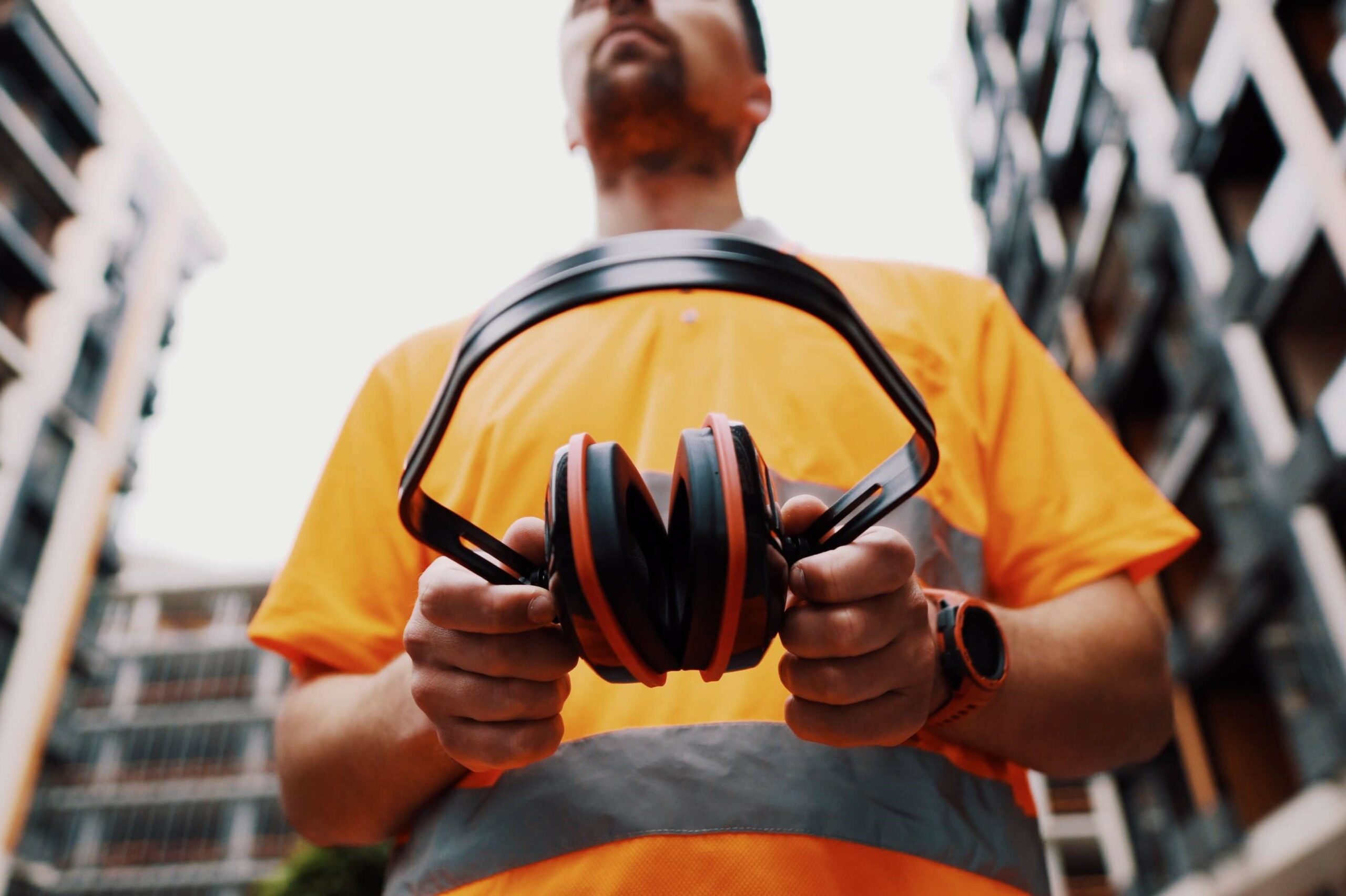Prevention of Hearing Loss


Preventing Hearing Loss

Tips to Prevent Hearing Loss:
There are a few simple steps you can take to protect your hearing:
- Use hearing protection in loud environments: From industrial settings to music venues and sporting arenas, it's important to shield your ears using appropriate protection. Earplugs or earmuffs can significantly reduce noise exposure.
- Manage exposure time: Reducing the duration of exposure to loud noises is key. Taking breaks in environments with sustained loud sounds can offer a reprieve for your hearing.
- Monitor personal listening devices: Ensure the volume on devices is at a safe level. If you use your smartphone or other device to listen to music and audio, turn down the volume. Prolonged exposure to high volumes can lead to hearing loss.
- Avoid inserting foreign objects into the ear: Never use cotton swabs or other items to clean the ear canal. This can push earwax deeper into the ear canal, leading to a blockage or even damaging the eardrum.
- Keep your ears dry: You can prevent infections and reduce the risk of hearing loss by keeping your ears dry. If you’re often swimming or in water, wear custom swimmers earplugs to keep your ears dry.
- Check your medications: Some medications can damage your hearing. Check with your doctor to find out more about the side effects of your medication, and explore your treatment options.

OSHA Requirements for Hearing Protection
The Occupational Safety and Health Administration (OSHA) has set precise standards for protecting employees' hearing in workplaces with high noise levels. When noise levels exceed 85 decibels over an 8-hour work shift, employers are obligated to provide hearing protection for their workers.
Not sure how loud is too loud? You can measure decibels with a sound level meter or even a smartphone app. If you don’t have a way to measure decibels, here’s an easy rule of thumb. If you have to shout to talk to a coworker standing within a couple of feet, it is too loud. You can assume that the decibel level is at least 85 dB, and you should both protect your hearing.

Types of Hearing Protection
There are several types of hearing protection to choose from. The two most common types are earplugs and earmuffs.
- Earplugs: Available in various materials such as foam, silicone, or wax, earplugs effectively reduce noise exposure by fitting into the ear canal. They can be disposable or reusable and should be inserted correctly for optimal effect. You can wear over-the-counter earplugs, or invest in custom earplugs that perfectly match your ears. Digital custom earplugs are programmed to reduce loud sounds, but allow quiet sounds, like conversations, to reach your ears naturally.
- Earmuffs: These cover the external ear entirely and utilize sound-attenuating materials to mitigate noise exposure. They come in multiple sizes and can be adjusted for a snug and secure fit. Earmuffs offer a higher degree of hearing protection than earplugs since they create a seal around the outer ear.

How to Wear Hearing Protection Properly
Earplugs and earmuffs can protect your hearing, but only if they’re worn the right way.
Earplugs: To correctly insert earplugs, roll them between your fingers to compress them, gently pull your ear up and back to straighten the ear canal, then insert the earplug and hold it in place until it expands to create a secure fit. If the earplugs move easily or fall out, they were not inserted correctly.
Earmuffs: Properly fit earmuffs by positioning them over the ears, ensuring the cushion forms a complete seal. Adjust the headband for a comfortable and secure fit without compromising the seal. They should sit securely around the ear even as you move.
Custom Hearing Protection with Pratt Hearing Aids

Better Hearing Starting at Just $76/Month


